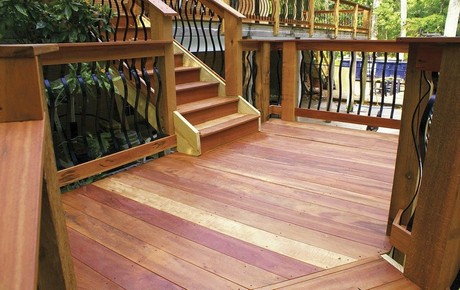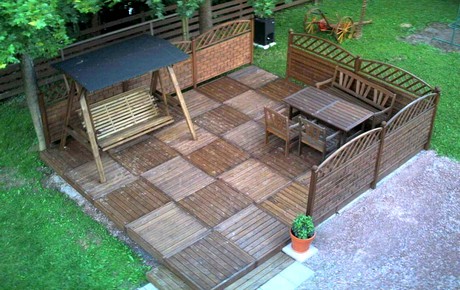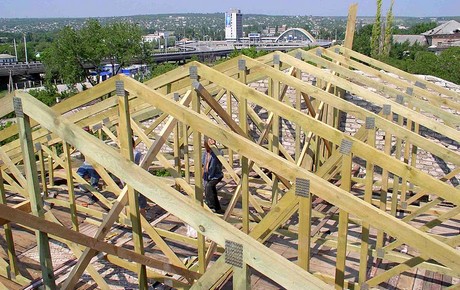-

Protection of wood
Each house has a structure made of wood. Impregnation, as a protective vaccine may make it resistant to fire, mold, insects and UV rays.
-
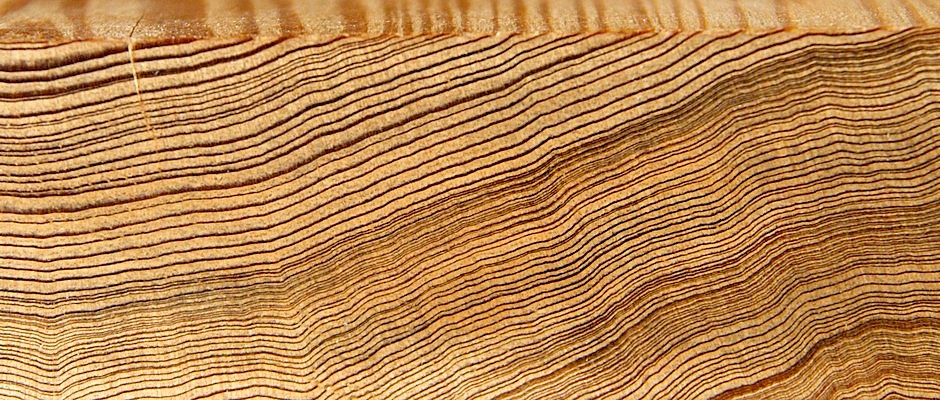
Impregnation of wood
There is no better industrial processing technologies - as a impregnation in the autoclave under pressure.
-
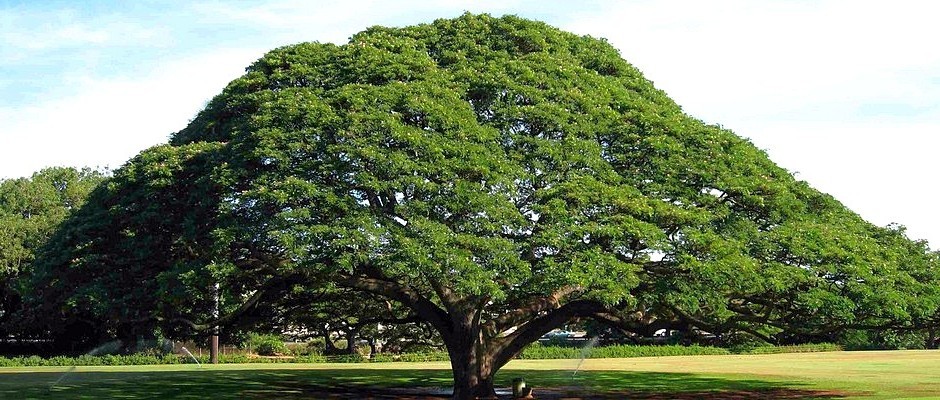
Wood constructional
Wood - thankful materials. To fully enjoy the benefits of wood, it must be introduced - dried, cut and impregnated.
-

Recognition of wood
Wood - the material is very in demand nowadays. Unfortunately, without proper treatment, it is durable.
-

Tree in design
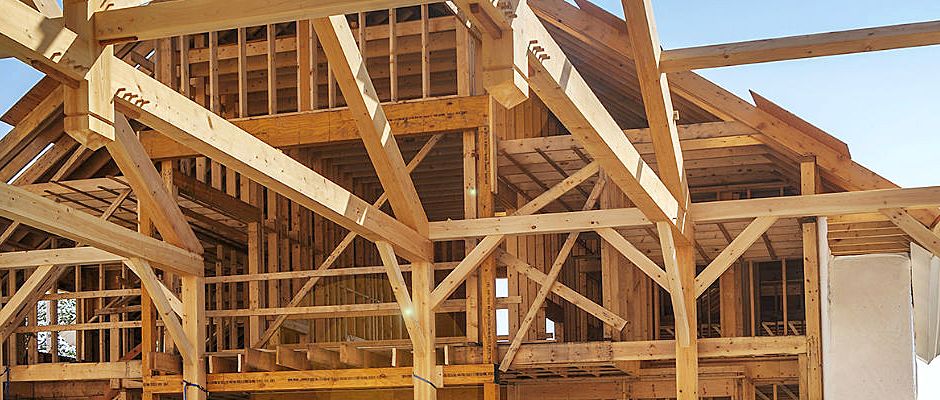
Truss construction
If you are planning a structure of wooden houses, wooden roof structure or fencing replacement home or garden, thinking over the fence terrace, gazebo building, place of amusement for children, offer the best for this purpose materials with inherent support.
Deep impregnation of wood is carried out in an autoclave. The device allows the autoclave process wood preservatives and flame retardants by vacuum-pressure-vacuum method (VPV). Thus the autoclave is preserving wood.
By choosing us you choose modern, demand, dynamically developing company. The company's success is a direct result of understanding our customers and meeting their needs range of products and services in the field of wood protection.
Wood is the most popular and used material. It is used for construction, processing, our homes, offices and public places, as well as experts use in agriculture, industry, packaging, transport, infrastructure and more. Being a natural organic material, wood can be exposed to biological factors of destruction: insects, fungi, mold and biological factors such as environment and action of fire. In many cases, wood and wood products need protection from one or more factors, like steel and concrete often require protection from corrosion and cracking. The industry is developing around the world to protect wood products.
Previous generations have enjoyed much more durable wood that was naturally resistant to most types of degradation. With the rapid growth of consumption of wood and social requirements for the conservation of natural forests and sustainable consumption of resources, our current wood and wood products account for plantations of fast-growing wood, and usually is, the wood has a high natural level of strength. These wood species require protection from moisture, interaction with land and other factors that may cause damage. In addition, modern building codes and standards require more guarantees performance and security, which often requires improving the properties of wood.
Modern technologies protect the wood include wood impregnation or coating with different types of chemical ingredients to impart protective properties. The most common - impregnation with preservatives to protect wood against fungi and insects such as termites, wood making ugly, poisonous and toxic as a food source for these organisms. However, there are other examples, such as fire protection features that limit or eliminate the potential for burning wood, and special reagents that can increase the hardness and durability of wood. Some new forms of protection of wood do not use chemicals and rely on physical processes such as heat.
About Us
Company DerWer" offers a wide range of impregnated wood products. Made from the latest technology in today impregnation woodworking machinery, it meets the highest standards of quality, reliability and durability.
Contact Information
If you have any questions or have a desire to meet.
Str. Konovaltsya, 54/2

